Scientists discover regions of the UK with greatest potential to use heat from deep thermal waters
BGS geologists have mapped the UK’s potential to use heat from thermal groundwater deep beneath central and southern Britain.
30/03/2023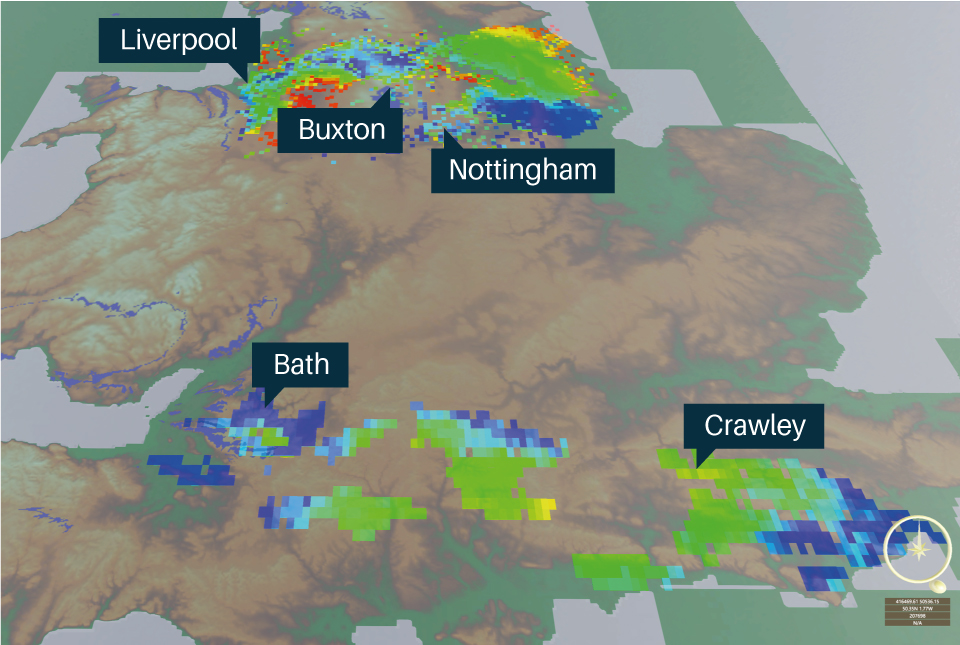
Geothermal energy is the heat stored below the Earth’s surface. It has the potential to provide a stable supply of clean heat energy for Great Britain, helping to reduce carbon emissions, diversify from fossil fuels and improve domestic energy security.


BGS geologists mapped where the Carboniferous limestone is buried at depths of over 4 km. This video shows how they did it. BGS © UKRI.
Natural thermal springs have been used since Roman times and towns such as Bath and Buxton have grown up around them. These warm waters, which are rich in minerals, have travelled from great depth from a rock formation called the Carboniferous limestone, which can be found beneath many regions of the UK such as the Mendip Hills and the Peak District.
Rain falling onto hills and mountains percolates deep below the Earth’s surface, where it is stored for as long as 10 000 years and heated by the surrounding rocks. These warm waters are what we would call low- to medium-temperature geothermal resources in the UK.
We have known of these systems underground because the hot water comes to the surface in places like Bath Spa. However, little is understood about the wider extent and reach of these limestones, which lie deep below the surface of the ground, and about the potential to recover heat from their deep thermal waters.
Dr Timothy Kearsey, BGS Sedimentary Geologist.
Mapping the limestone
Now, the geothermal team at the BGS has mapped where the limestones are buried below the Earth’s surface at depths of over 4 km below the ground.
Using established 3D modelling methods, they assessed the depth, distribution and geothermal potential of regions in England, producing maps that demonstrate the total heat in place and estimate the recoverable heat distribution. They calculated that there is the potential to recover thermal heat of 106 to 222 GW from the rocks at depth under central and southern Britain. The largest potential resource is under the East Midlands and Greater Manchester, as well as the Humber and Cheshire regions.
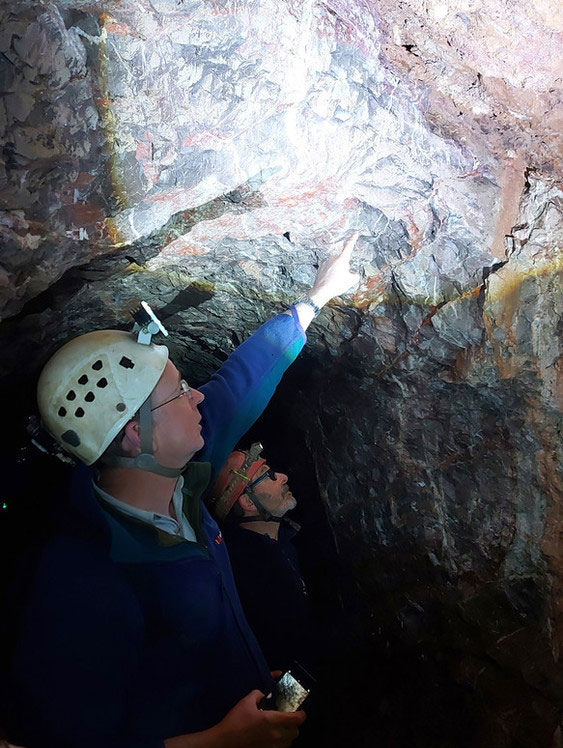
BGS geologists inspecting the Variscan unconformity in Wookey Hole, Somerset. The underlying Carboniferous limestones are one of the main targets for deep geothermal potential in Great Britain. BGS © UKRI.
Scientists are keen to stress that further work is needed to understand the resource and to identify areas with sufficient flow rates for successful development.
This is very exciting. Until now, Early Carboniferous limestones had not been fully quantified as a geothermal resource in Britain. Our research shows these limestones could play host to many active geothermal systems across central and southern Britain.
What we do know is that the Early Carboniferous limestone may offer significant potential as a resource for deep geothermal energy across large parts of central and southern Britain. Equivalent rocks have been successfully developed for geothermal energy in Belgium and the Netherlands, where they are used to supply heat networks or heat agricultural greenhouses, lowering fuel bills for heating and the food industry.
These maps are very encouraging, particularly as large-scale exploitation of heat is critical for the successful decarbonisation of the UK’s energy mix.
Dr Timothy Kearsey, BGS Sedimentary Geologist.
More information
Access the video by BGS to learn more.
The full paper is published in Science Direct: Deep geothermal resource assessment of Early Carboniferous limestones for central and southern Great Britain.
About the author

Dr Tim Kearsey
Survey geologist and sedimentologist
Tim Kearsey is an expert in 3D geological modelling and Carboniferous stratigraphy and sedimentology. He has developed ranges 3D geological models for Glasgow, Singapore to address problems from hydrogeology to geotechnical properties and geothermal energy.
Find out moreRelative topics
Related news
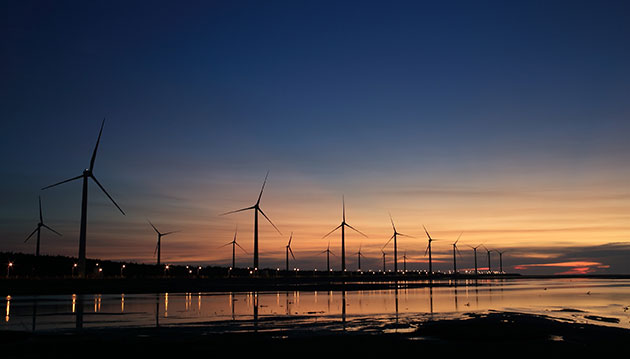
Goldilocks zones: ‘geological super regions’ set to drive annual £40 billion investment in jobs and economic growth
10/06/2025
Eight UK regions identified as ‘just right’ in terms of geological conditions to drive the country’s net zero energy ambitions.
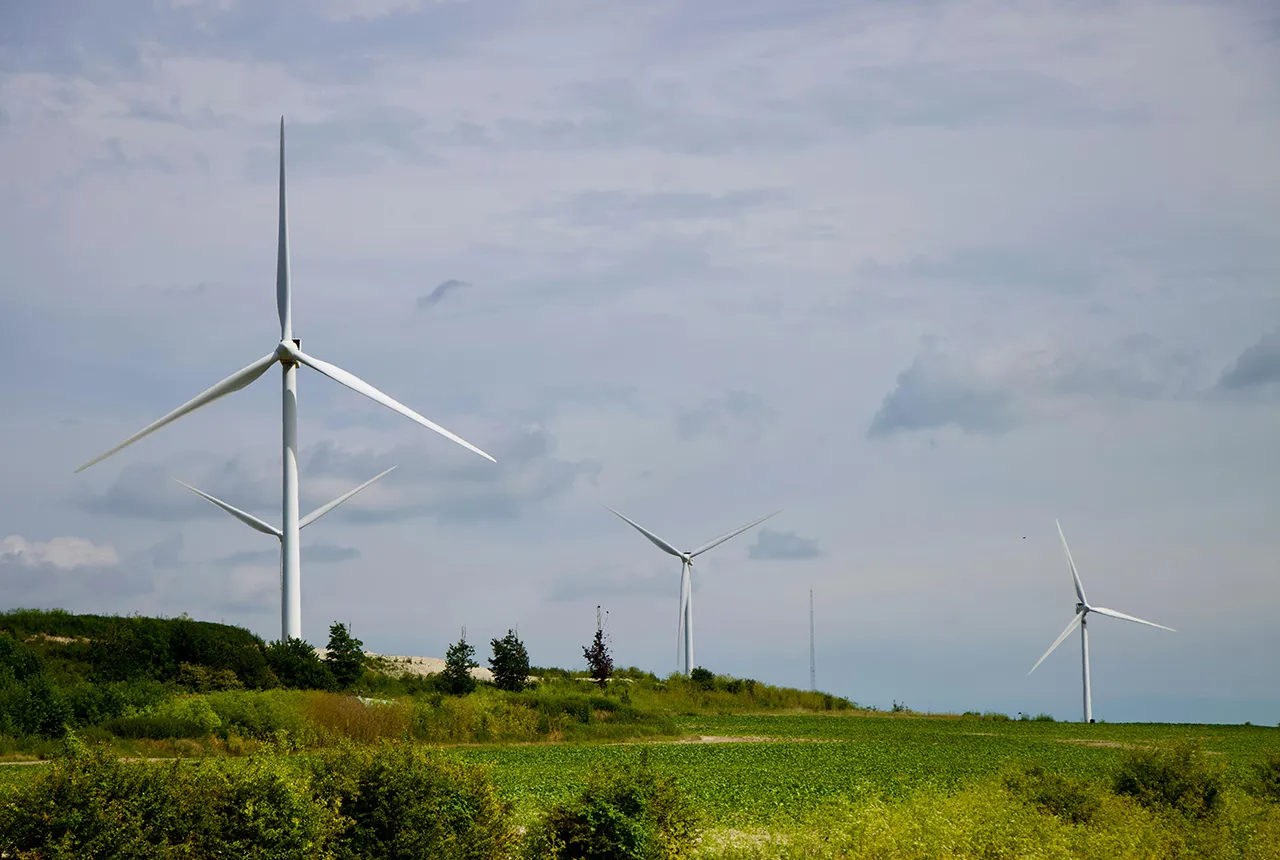
New interactive map viewer reveals growing capacity and rare earth element content of UK wind farms
16/05/2025
BGS’s new tool highlights the development of wind energy installations over time, along with their magnet and rare earth content.
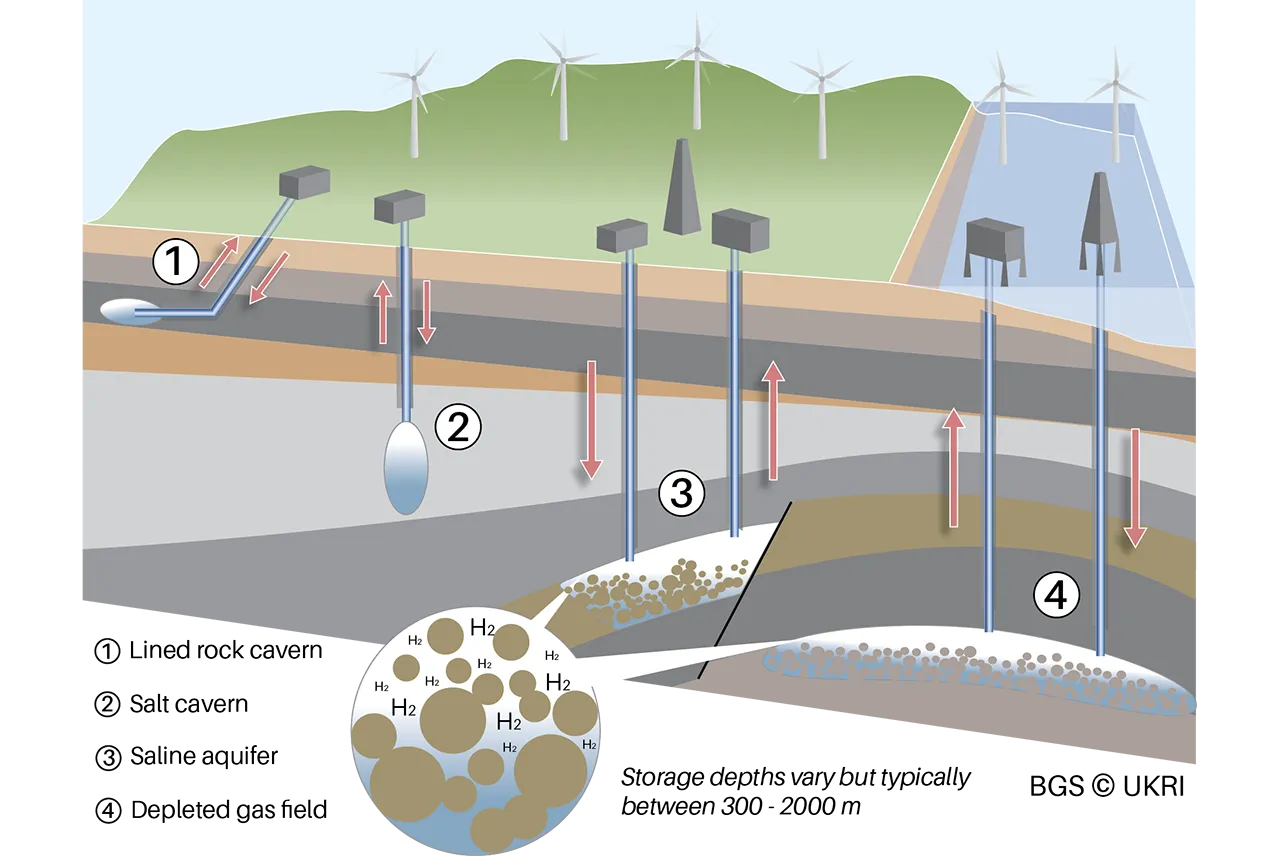
Making the case for underground hydrogen storage in the UK
03/04/2025
A new BGS science briefing note focuses on the potential of hydrogen storage to support the UK energy transition.
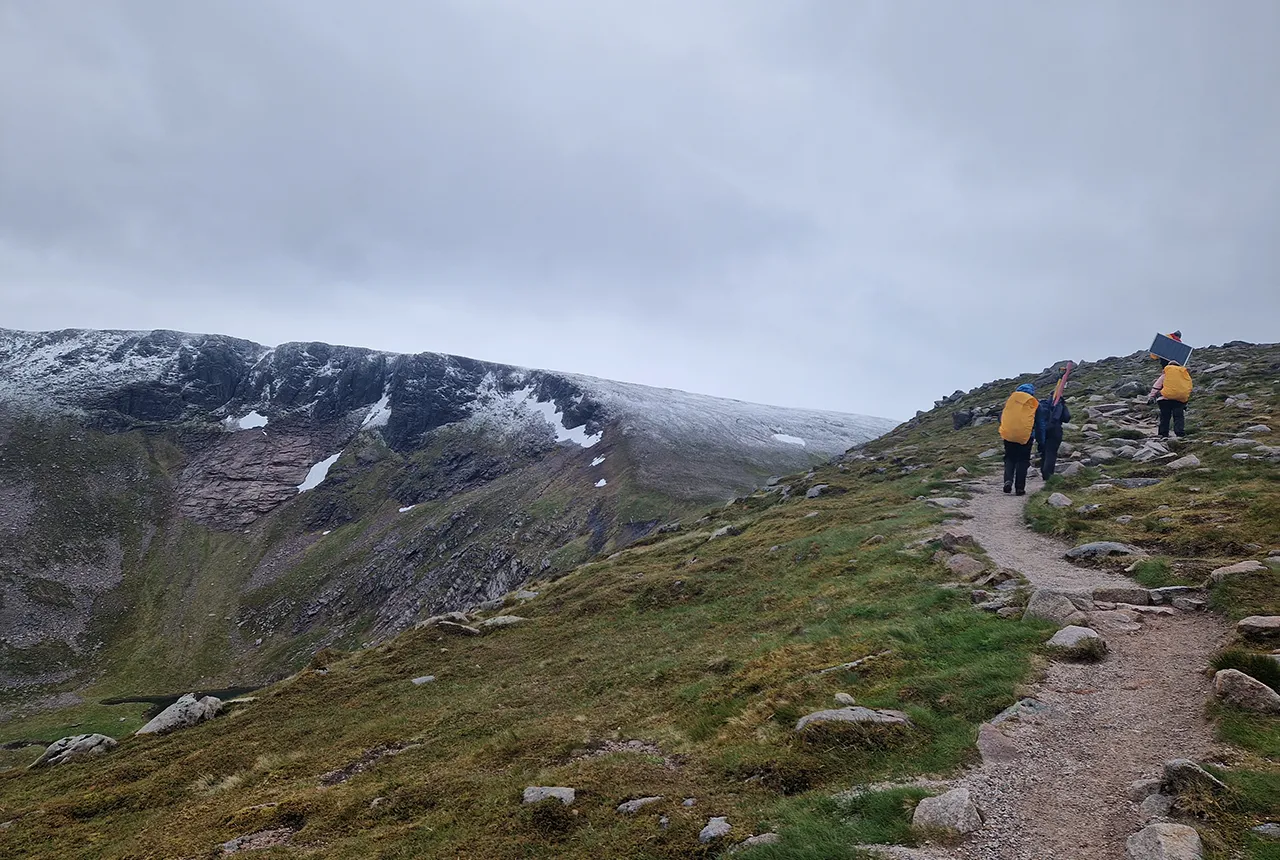
Exploring Scotland’s hidden energy potential with geology and geophysics: fieldwork in the Cairngorms
31/03/2025
BUFI student Innes Campbell discusses his research on Scotland’s radiothermal granites and how a fieldtrip with BGS helped further explore the subject.
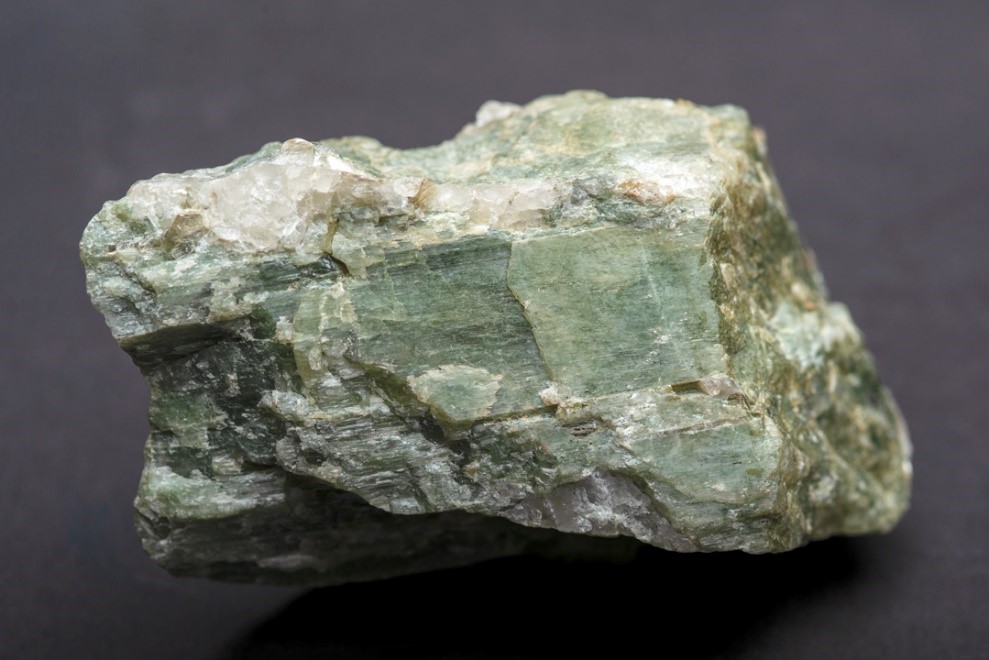
Future projections for mineral demand highlight vulnerabilities in UK supply chain
13/03/2025
New Government-commissioned studies reveal that the UK may require as much as 40 per cent of the global lithium supply to meet anticipated demand by 2030.

Could underground disposal of carbon dioxide help to reduce India’s emissions?
28/01/2025
BGS geologists have partnered with research institutes in India to explore the potential for carbon capture and storage, with an emphasis on storage.
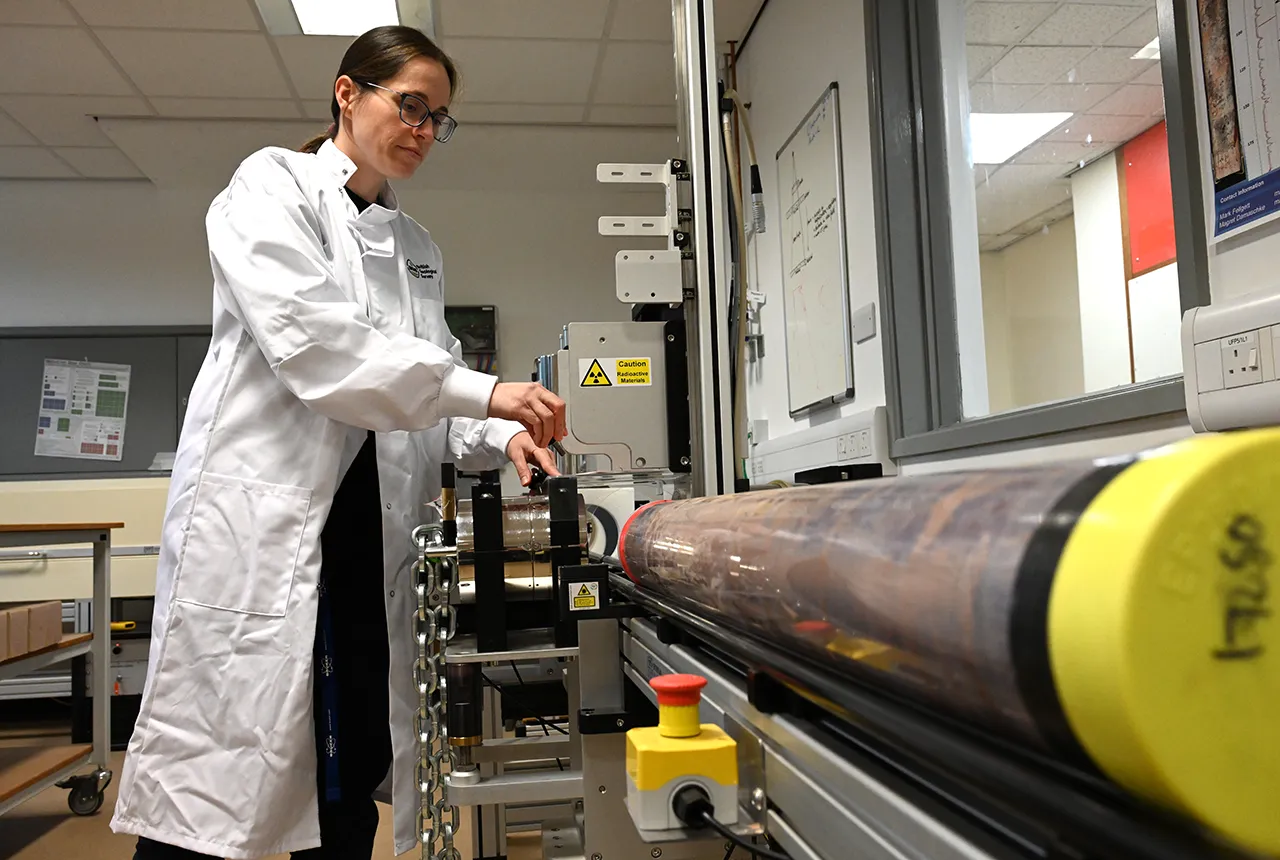
Prehistoric power: 250-million-year-old rocks could contain secrets to net zero future
05/12/2024
BGS has completed a comprehensive scan of Mercia Mudstone rocks that could hold geological secrets of the UK’s past and provide a boost for net zero.
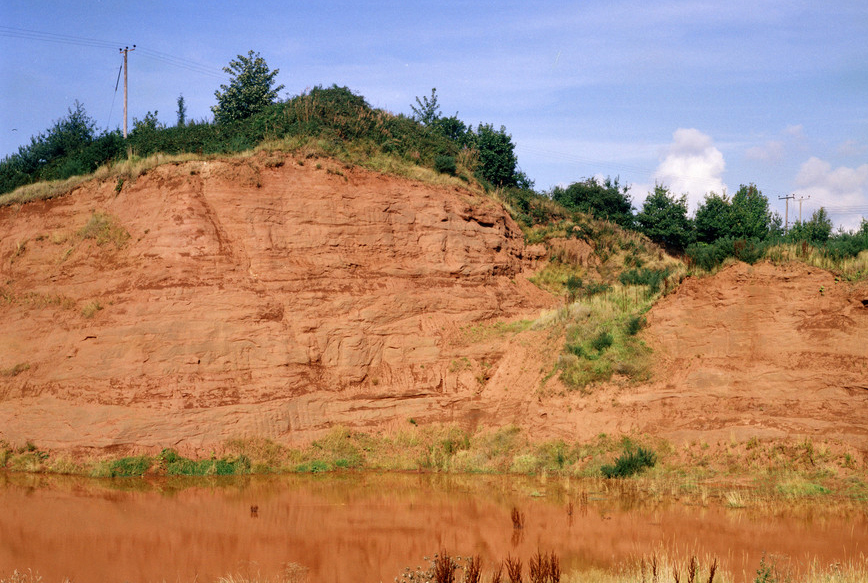
Next stage of funding awarded for project on hydrogen storage potential in the East Midlands
17/10/2024
BGS will conduct essential studies on hydrogen behaviour in the subsurface to predict, measure and monitor underground hydrogen storage.
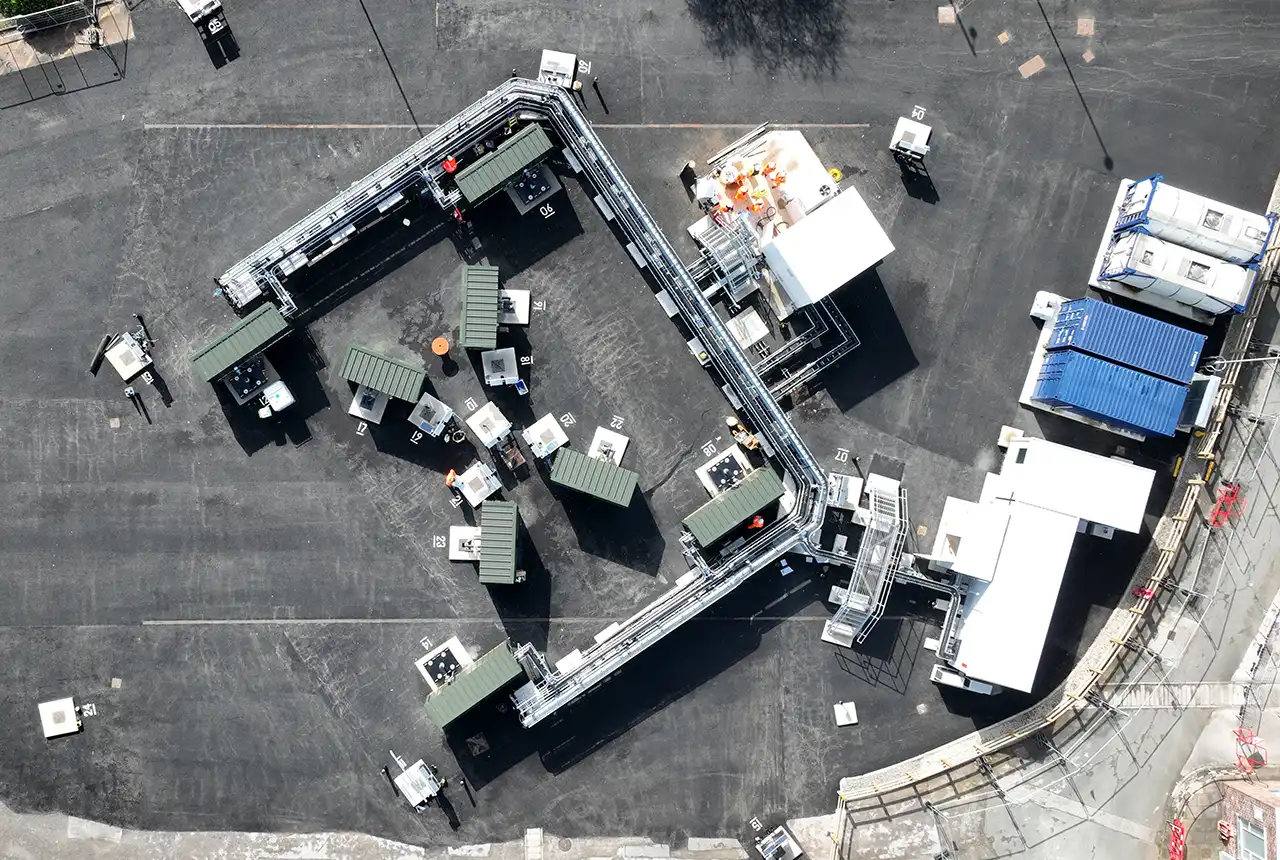
World-class facility creates new opportunities for geothermal energy in Cheshire
10/10/2024
The £8.3 million underground observatory will enhance the UK’s knowledge on the clean energy required to decarbonise heating.
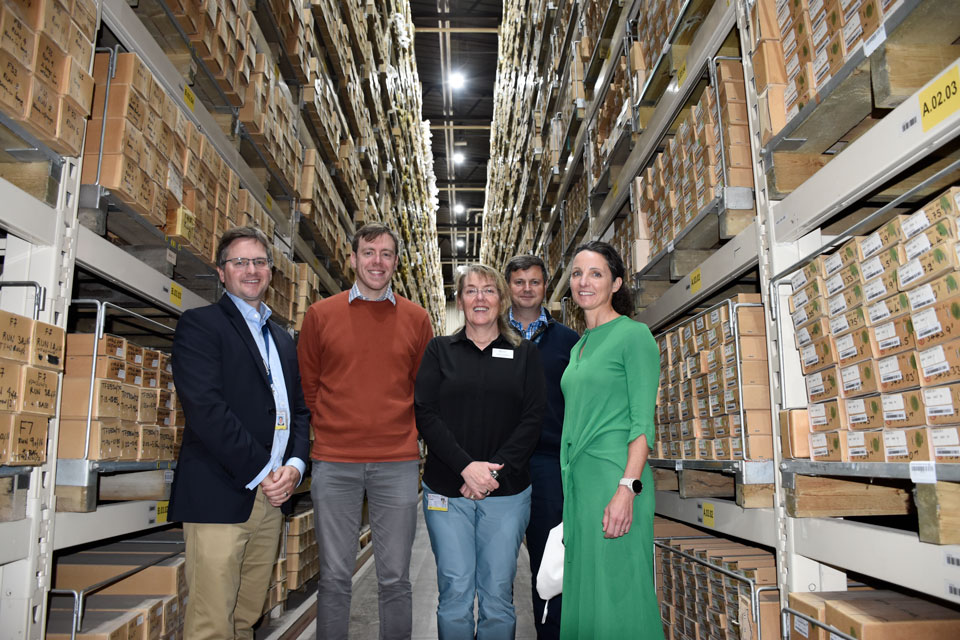
Local MP checks in on development of new geothermal ‘living laboratory’ in Nottinghamshire
19/09/2024
BGS has reached the halfway mark on its ambitious ground-source heat pump project at its headquarters in Keyworth, Nottinghamshire.
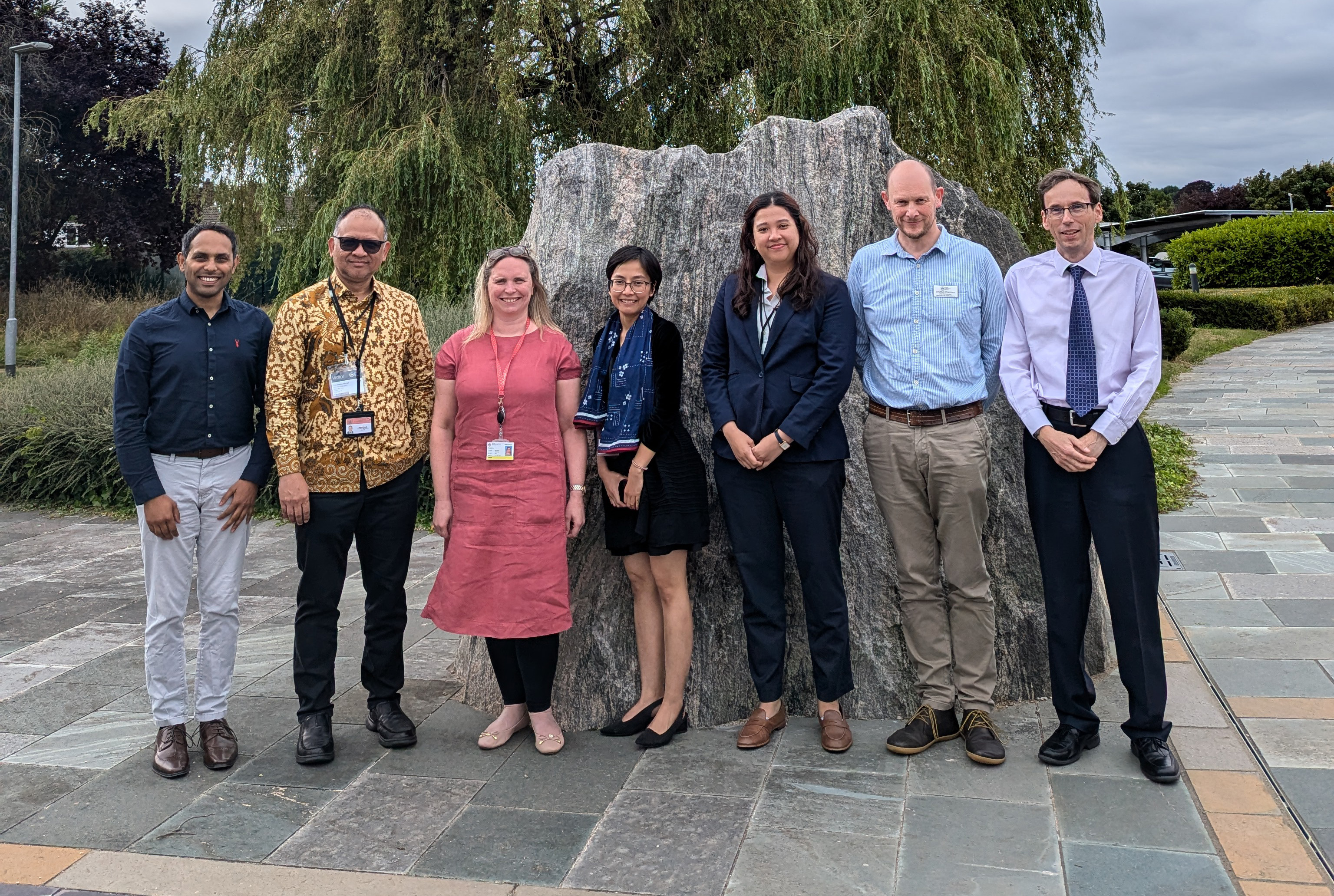
Visit by Indonesian Embassy representatives to BGS
27/08/2024
Strengthening BGS/Indonesia scientific research partnerships to address the complex challenges Indonesia faces from natural hazards and maximising opportunities from mineral resources and geothermal energy.
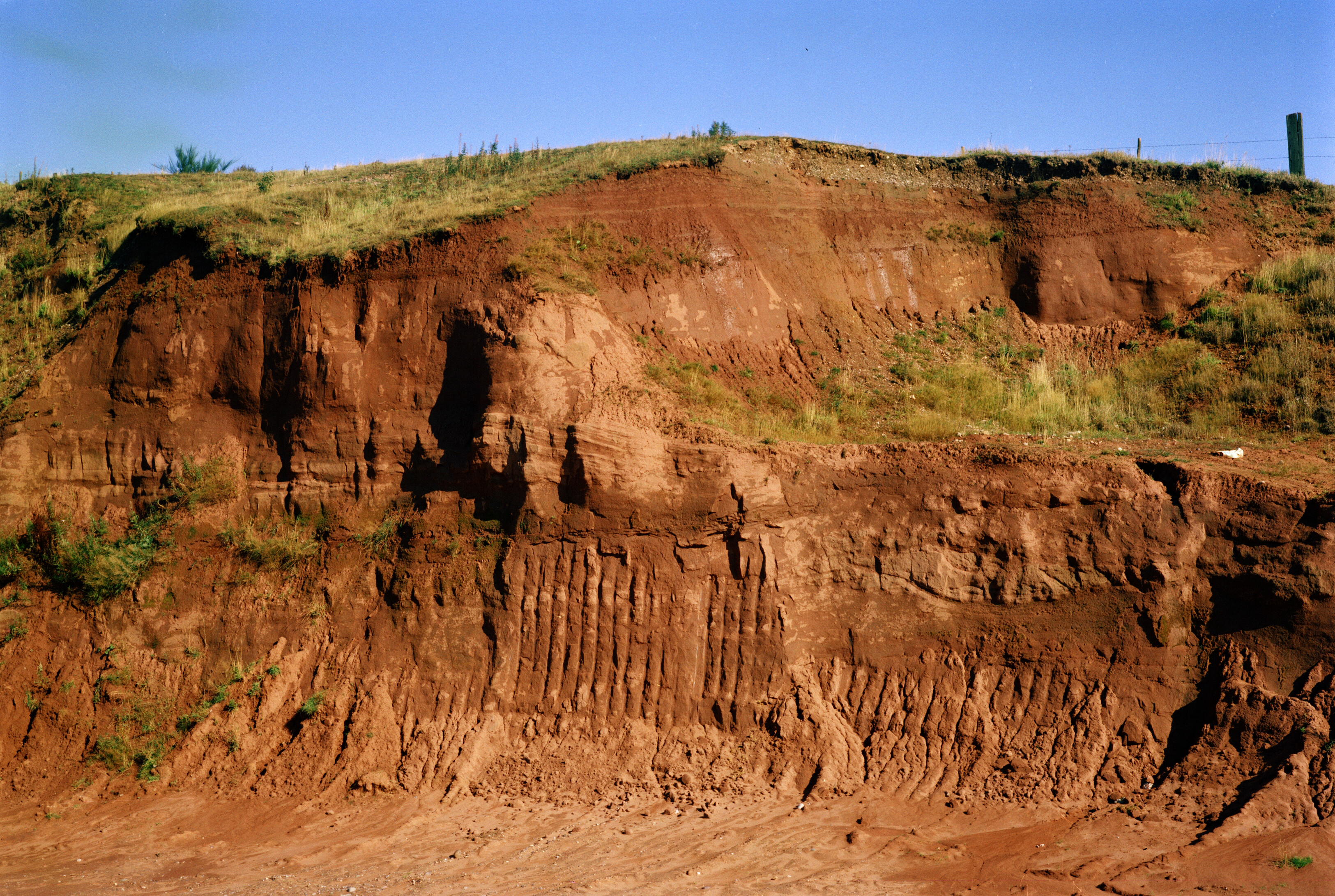
Funding awarded for study on hydrogen storage potential in the East Midlands
19/08/2024
A new study has been awarded funding to explore the underground hydrogen storage potential in the East Midlands.




